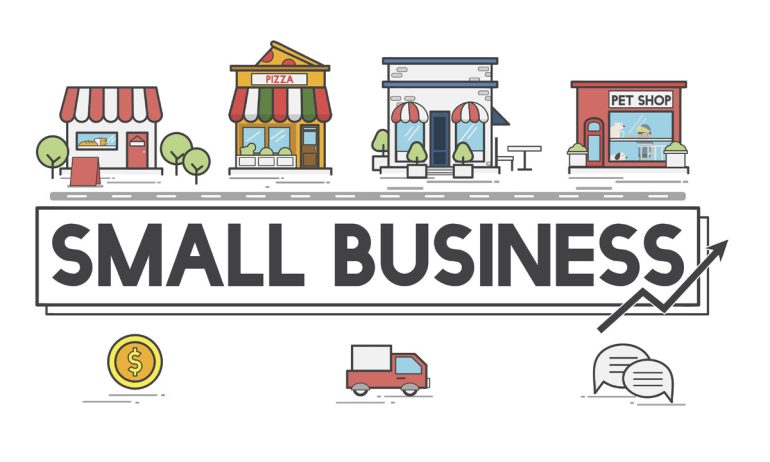Public relations can feel like an expensive luxury for small businesses, but it’s actually one of the most cost-effective ways to build brand awareness and credibility. The misconception that effective PR requires massive budgets keeps many small business owners from leveraging this powerful marketing tool. However, modern PR has evolved dramatically, with 65% of PR professionals now managing campaigns with budgets under $5,000 per month.
The key lies in strategic planning, creative thinking, and focusing on high-impact activities that deliver measurable results. With the right approach, even businesses with minimal resources can create compelling PR campaigns that generate significant media coverage, build valuable relationships, and drive business growth. This guide will show you exactly how to allocate your PR budget effectively and maximize every dollar spent.
Setting Your PR Budget Foundation
Before allocating any funds, establish clear, measurable PR objectives. Are you launching a new product, entering a different market, or simply seeking more media coverage? Your goals will directly influence how you distribute your budget and measure success.
For small businesses, a practical starting point is $500-$1,000 monthly. Here’s how to allocate a minimal $500 monthly budget effectively:
-
$200: Micro-influencer partnerships and local collaborations
-
$150: Local event sponsorship and community involvement
-
$100: Press release distribution and media outreach tools
-
$50: Social media promotion and content amplification
This allocation focuses on relationship-building activities that generate consistent coverage over time rather than one-off, expensive campaigns.
Maximizing Content Marketing Investment
Content marketing typically consumes about 40% of most PR budgets, making it the largest expense category. On a $10,000 annual budget, this translates to approximately $4,000 dedicated to creating press releases, email campaigns, social media content, and blog posts.
However, small businesses can significantly reduce these costs by handling content creation in-house. Focus on developing compelling story angles that highlight what makes your business unique. Instead of generic press releases, craft targeted pitches that provide genuine value to specific journalists and their audiences.
Leveraging Free and Low-Cost PR Tools

The digital revolution has democratized PR access. Many powerful tools are available at little to no cost:
Free Resources:
-
Social media platforms for direct audience engagement
-
Google Analytics for tracking PR campaign effectiveness
-
Canva for creating professional press materials
-
Local media relationship building through direct outreach
Low-Cost Solutions:
-
Email marketing platforms like Mailchimp for media list management
-
Social media scheduling tools like Hootsuite
-
Press release distribution services for targeted outreach
These tools enable small businesses to execute professional PR campaigns without the traditional agency overhead costs.
Prioritizing Earned Media Over Paid Advertising
Earned media—coverage gained through press coverage, word-of-mouth, and social media mentions—often provides more value than paid advertising. Focus your budget on activities that generate organic coverage:
-
Building relationships with local journalists and bloggers
-
Creating newsworthy stories around community involvement
-
Developing expertise-based content that positions you as an industry authority
-
Participating in local events and industry discussions
A well-crafted press release or strategic pitch can earn coverage in local newspapers, industry publications, or popular blogs without any advertising spend.
Implementing Agile Budget Management
Small PR budgets require nimble management. If a strategy isn’t delivering results, pivot quickly rather than continuing ineffective spending. Eliminate time-consuming activities like extensive reporting in favor of real-time coverage tracking and immediate result sharing.
Focus on showcasing successes immediately when they occur. This approach maintains momentum and demonstrates value to stakeholders, potentially securing additional budget allocation for future campaigns.
Effective PR doesn’t require massive budgets—it demands strategic thinking, creative execution, and consistent relationship building. By focusing on earned media, leveraging free tools, and maintaining clear objectives, small businesses can generate meaningful coverage and brand awareness. Start with a modest budget, measure results consistently, and gradually expand successful tactics. Remember, PR is a long-term investment in building sustainable relationships rather than pursuing quick wins.

